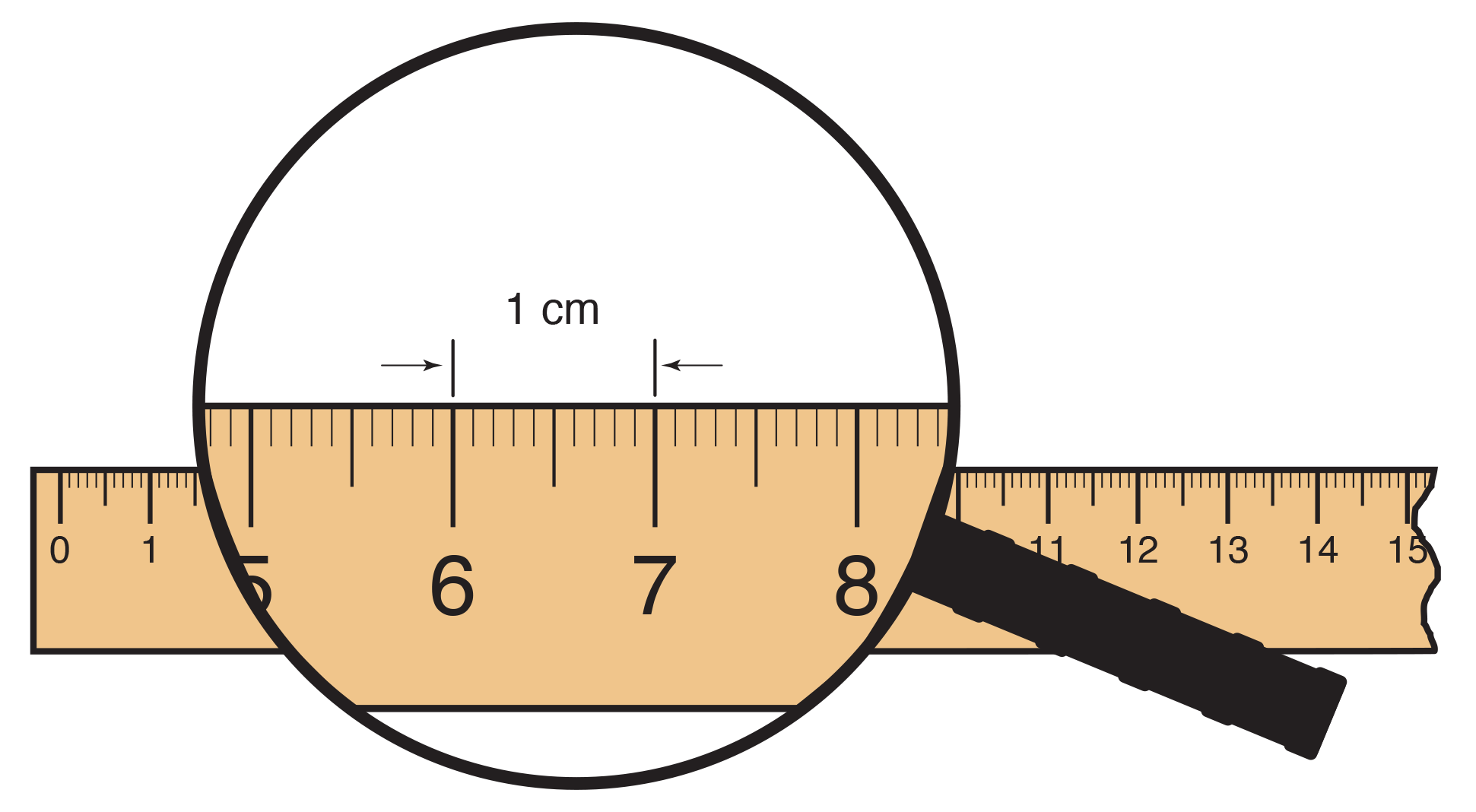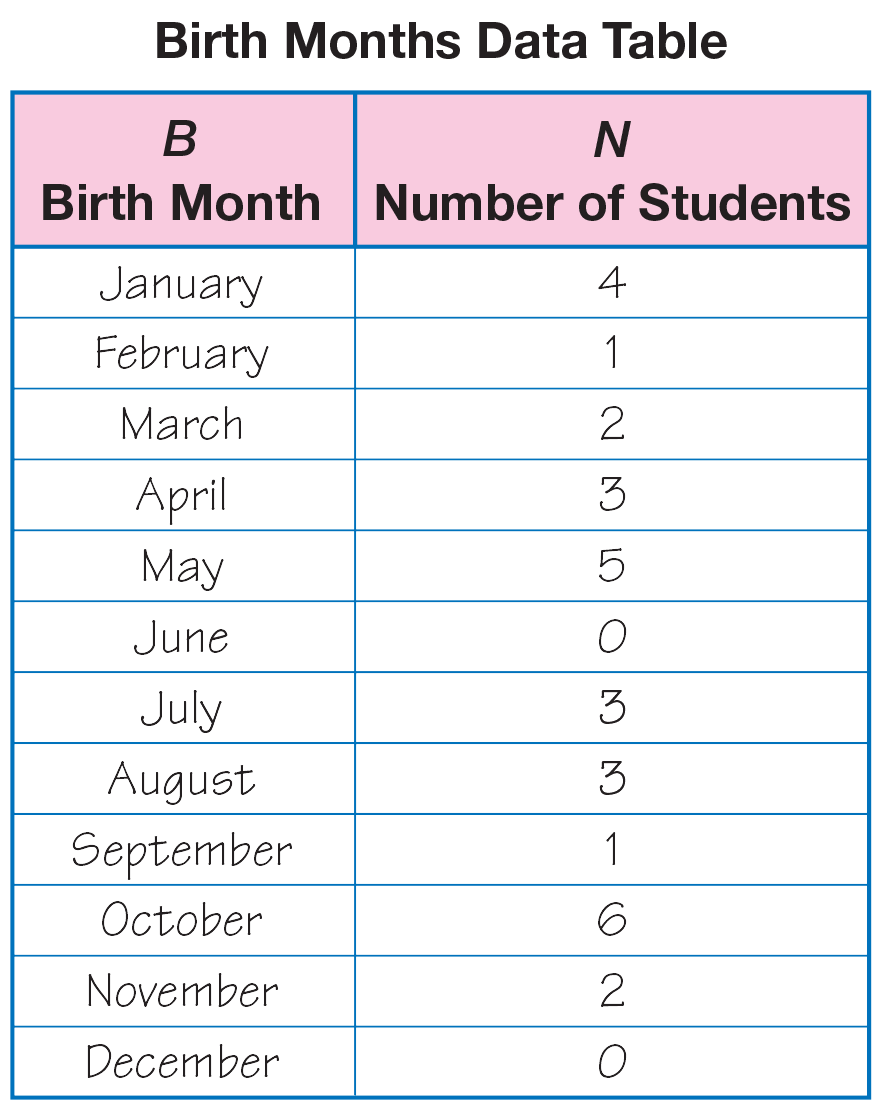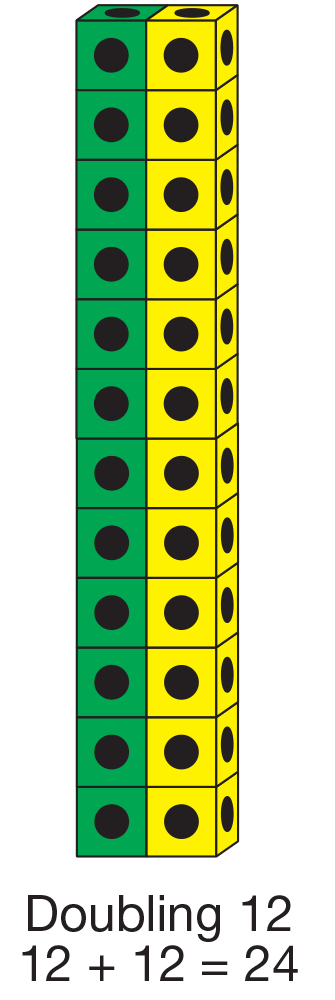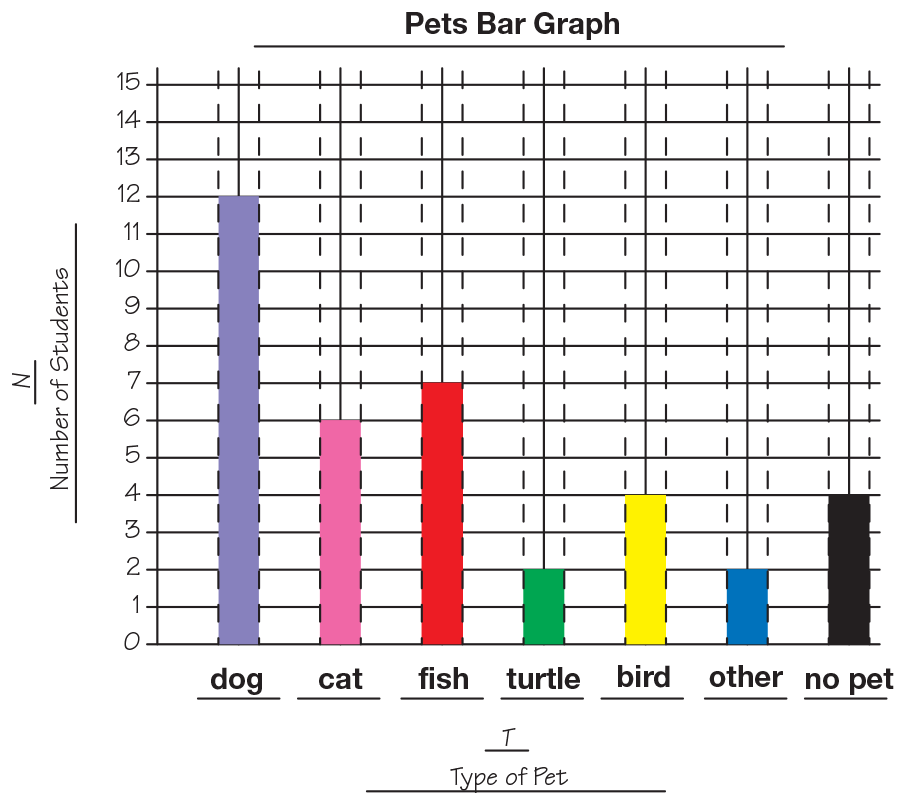The Adventure Book story, "Mine Is the Best: The Challenge," sets the context for a TIMS Laboratory Method investigation in which students measure the length toy cars roll. After collecting and recording data for three rolls, students find the median distance rolled then graph and analyze their data.
Content in this Lesson
- Identifying and maintaining fixed variables to set up a lab.
- Identifying the median of three numbers.
- Recognizing the role of fixed (controlled) variables in an investigation.
- Using words and symbols (e.g., <, >, =) to show comparisons of quantities [E1].
- Using and applying place value concepts and comparative language to compare and order lengths (e.g., shorter, longer, shortest, longest) [E2].
- Solving word problems (e.g., compare) involving length [E3].
- Using a meterstick to measure length in centimeters [E6].
- Making a table and bar graph to find information about a data set [E8].
- Reading a table and bar graph to find information about a data set [E9].
- Using a table and bar graph to solve problems about a data set [E10].
- Adding and subtracting multidigit numbers.
- Finding a strategy and appropriate tools to solve a problem [MPE2].
- Explaining solutions so others understand one's thinking [MPE5].
- Using labels to show what numbers mean [MPE6].
Daily Practice and Problems M–T
Assessment in this Lesson
| Assessment | Expectation Assessed | Math Practices Expectation Assessed |
|---|---|---|
|
Rolling Along in Centimeters Observe Data Collection Teacher Guide - digital |
|
|
|
Rolling Along in Centimeters Check-In: Question 6 Student Activity Book Page 211 |
|
|
|
John's Data Check-In: Questions 3–10 with Feedback Boxes Student Activity Book Pages 215–219 |
|
|
|
DPP Item M Addition Facts Quiz: Group E Teacher Guide - digital |
|
|





















